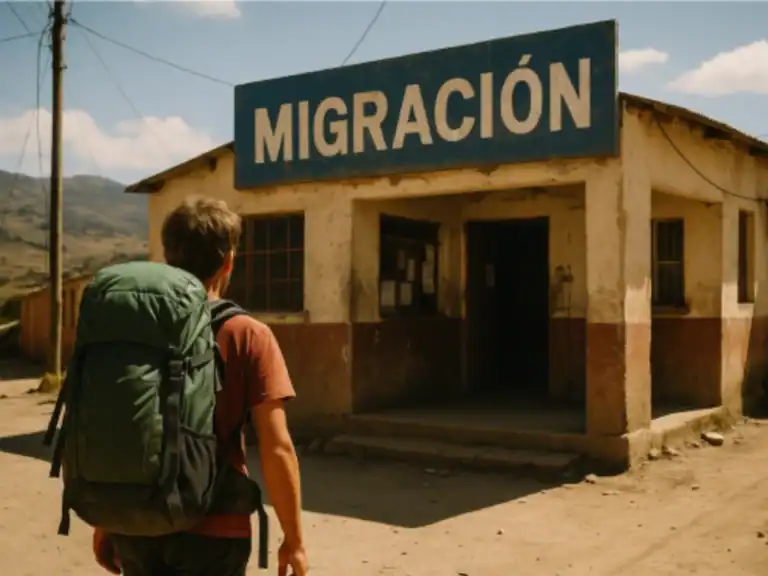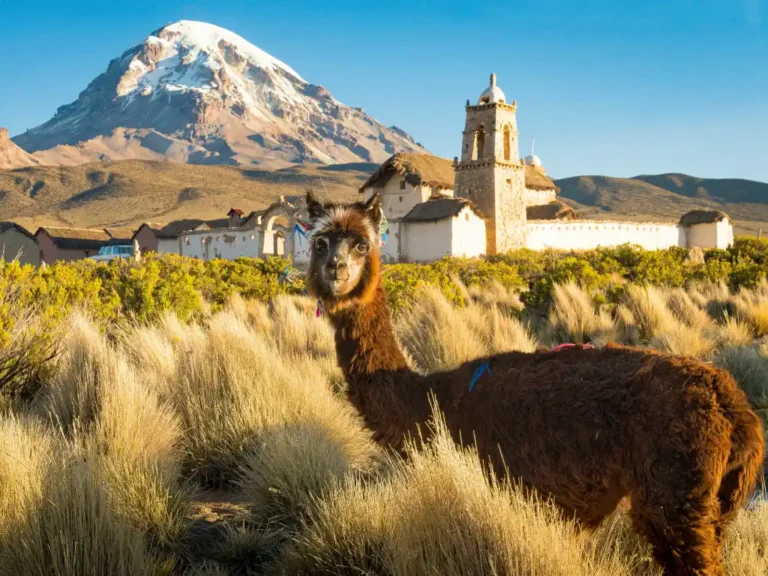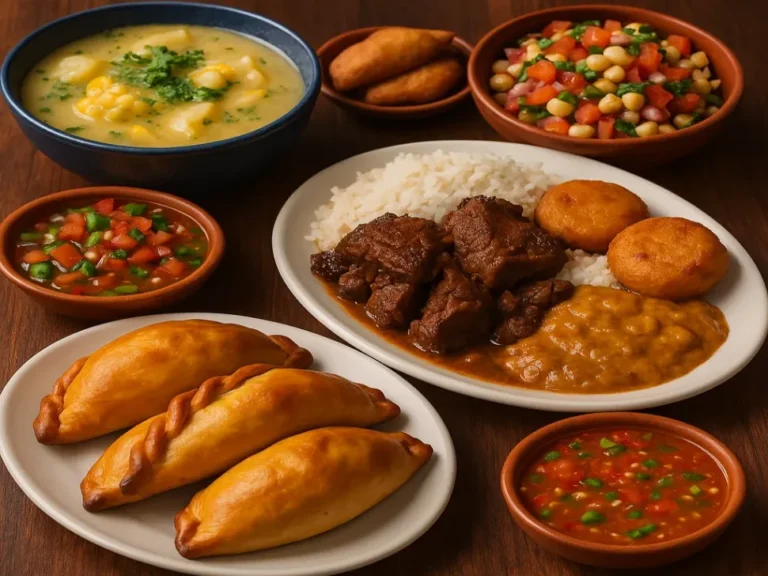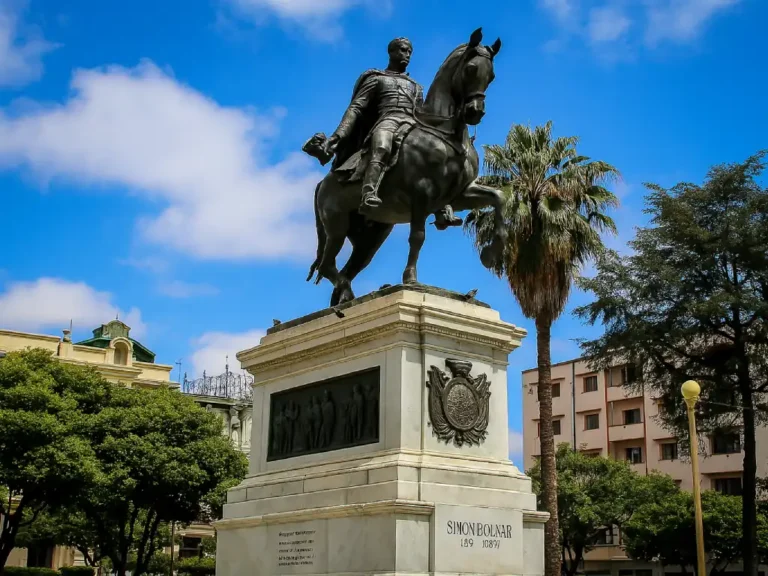Is Bolivia Safe for Tourists? What You Really Need to Know

If you’re eyeing Bolivia for your next trip, one question probably comes up straight away – is Bolivia safe for tourists? It’s a fair shout, especially when you’re scrolling through forums & hearing everything from “totally fine” to “don’t even think about it”.
But here’s the thing – safety in Bolivia isn’t black & white. It all comes down to where you go, how you travel & what you know beforehand. This includes the entry requirements to know if you can even get in! So let’s break it down properly.
The Short Answer: Mostly, Yes
For the average traveller sticking to main routes like La Paz, Sucre or the salt flats, Bolivia’s generally safe. Petty crime exists – like anywhere – but violent incidents involving tourists are rare. Use the same street smarts you’d apply in any unfamiliar place & you’ll likely be just fine.
Things that are worth being aware of:
- Pickpocketing in busy markets or bus terminals (I had this attempted on me while I was there by a group of kids)
- Dodgy taxis (especially in La Paz at night)
- Altitude sickness creeping up before you realise it (not this one though as I’m ‘aaaard)
No need to be paranoid, just prepared. And maybe don’t flash your brand new iPhone while buying salteñas.
As people always ask specifically about other cities!
La Paz is generally safe for tourists, but like any big city, it comes with caveats. Petty theft (pickpocketing, dodgy taxis) is more common than violent crime, especially around busy areas like markets or bus terminals. Stick to well-lit areas at night, use radio taxis or apps like Yango, & avoid flashing valuables. Most visitors have zero issues – just use your street smarts & stay aware. Oh, & the altitude might be more dangerous than anything else!
Cochabamba’s a bit of a mixed bag. It’s not as touristy as La Paz or Sucre, so fewer scams – but also less English, less travel infrastructure & more economic disparity. Most crime is opportunistic (theft, mostly), and it spikes at night in central areas. If you stick to daytime exploring & avoid dark corners solo, you’ll probably have a chilled time. I didn’t have any issues in my time there!
Can I travel to Bolivia right now?
Yes, Bolivia is open to tourists as of 2025. Entry rules can change quickly though, so it’s best to check with your embassy or a trusted travel site. A lot of backpackers now use eSIMs for on-the-ground updates – and yep, I’ve covered Bolivia’s internet options too if that’s useful.
How Safe is Bolivia Compared to Other South American Countries?
Compared to places like Brazil or Venezuela, Bolivia actually ranks much lower in terms of crime rates. It’s often considered one of the safer countries for backpackers, especially if you’re travelling slow, blending in & not out partying till 3am with your passport in your sock.
There’s less of a party scene here – more llamas than lager louts – which naturally reduces risks tied to nightlife & drugs.
If you’re still weighing up whether Bolivia’s right for you, it helps to know what kind of stuff there is to actually do – from salt flats to city wanderings, there’s more than enough to fill your days. Here’s a guide that covers the best things to do in Bolivia.
Common Scams & How to Dodge Them
Right, let’s talk scams. They’re not rampant, but they exist – especially in cities.
Keep an eye out for:
- Fake police asking to see your passport – don’t hand it over without a reason or ask to see ID
- Taxi switcheroo where you get taken on a scenic route (with extra charges) or worse, robbed – stick to radio taxis or apps like Yango
- Distraction tactics like spilled drinks or someone ‘accidentally’ bumping into you – classic pickpocket moves
The good news? A bit of awareness goes a long way. If something feels off, trust that instinct.
Is It Safe to Travel Solo in Bolivia?
Yeah, solo travel is totally doable – especially if you’ve got a few trips under your belt. Bolivia can feel a little rough around the edges at first, but it rewards those who take time to settle in.
My tips for solo travellers:
- Book decent accommodation in advance, especially in big cities
- Join group tours for things like the salt flats or the jungle – not just for safety, but because sharing those views is half the fun (*reference pic above for confirmation*)
- Share your travel plans with someone (or use a live location app if you’re heading rural, I use Life360 which works across both Apple & Android)
Bolivia is generally safe for women travelling alone, but it’s not without its niggles. Most issues tend to be more cultural than criminal – think catcalling or stares, especially outside the tourist trail. Dress low-key, trust your gut & book proper accommodation in advance. Big plus: there’s a strong backpacker network, so you’ll rarely feel totally alone unless you want to be.
If you’re thinking of tackling something a bit more adrenaline-fuelled (like cycling Bolivia’s infamous cliffside road), I’ve covered exactly what to expect on Death Road – from how dangerous it actually is to what makes it worth doing.
Nature’s the Bigger Risk
Let’s be real – the most dangerous thing in Bolivia probably isn’t a person. It’s the altitude.
La Paz sits at over 3,600m & places like Uyuni or Potosí aren’t far behind. Altitude sickness can hit hard & fast if you’re not careful. Add to that dodgy roads, long bus journeys & unpredictable weather in the highlands & you’ve got more to worry about than theft.
If you’re not used to high elevations, or just wondering what the seasons are like across the country, I’ve broken down Bolivia’s climate by region in a quick guide that’ll help with planning.

Final Word: Use Your Head, But Don’t Stress
So… is Bolivia safe for tourists? Yes – for the most part. You’ll meet kind people, eat questionable street snacks & come back with wild stories. Just don’t switch off your brain.
Reddit’s take on Bolivian safety swings wildly from ‘it’s fine’ to ‘I was kidnapped by llamas’. Take it all with a grain of salt. My general advice is to stay alert, go with the flow & not to take selfies on the edge of Death Road. It is bloomin’ tempting when up there as a heads up.
Last thing! While you’re there, you’ll notice Bolivia can be a bit of a mystery – two capitals, wild food, layered history & real economic contrasts. If that sort of thing interests you, we’ve got short reads on why Bolivia has two capitals, the local traditional dishes & even what life’s really like in a country often labelled as poor.
Compiling the most common questions I’ve been asked in a quick, skimmable section:
Yes, Bolivia is generally safe for tourists, especially in places like La Paz, Sucre, or Uyuni. Petty theft exists, but violent crime is rare. Stay aware & you’ll likely have a smooth trip.
Solo female travellers report Bolivia as mostly safe, especially with common-sense precautions. Unwanted attention happens, but serious incidents are rare. Dress low-key & stay in trusted accommodation.
Yes, as of 2025 Bolivia is open to international tourists. Entry rules may change, so double-check official embassy sites or recent travel advisories before flying in.
Want more Bolivia tips or got a safety story of your own? Drop a comment below, I’m always keen to hear other travel tales. And as usual, Happy Travels!






